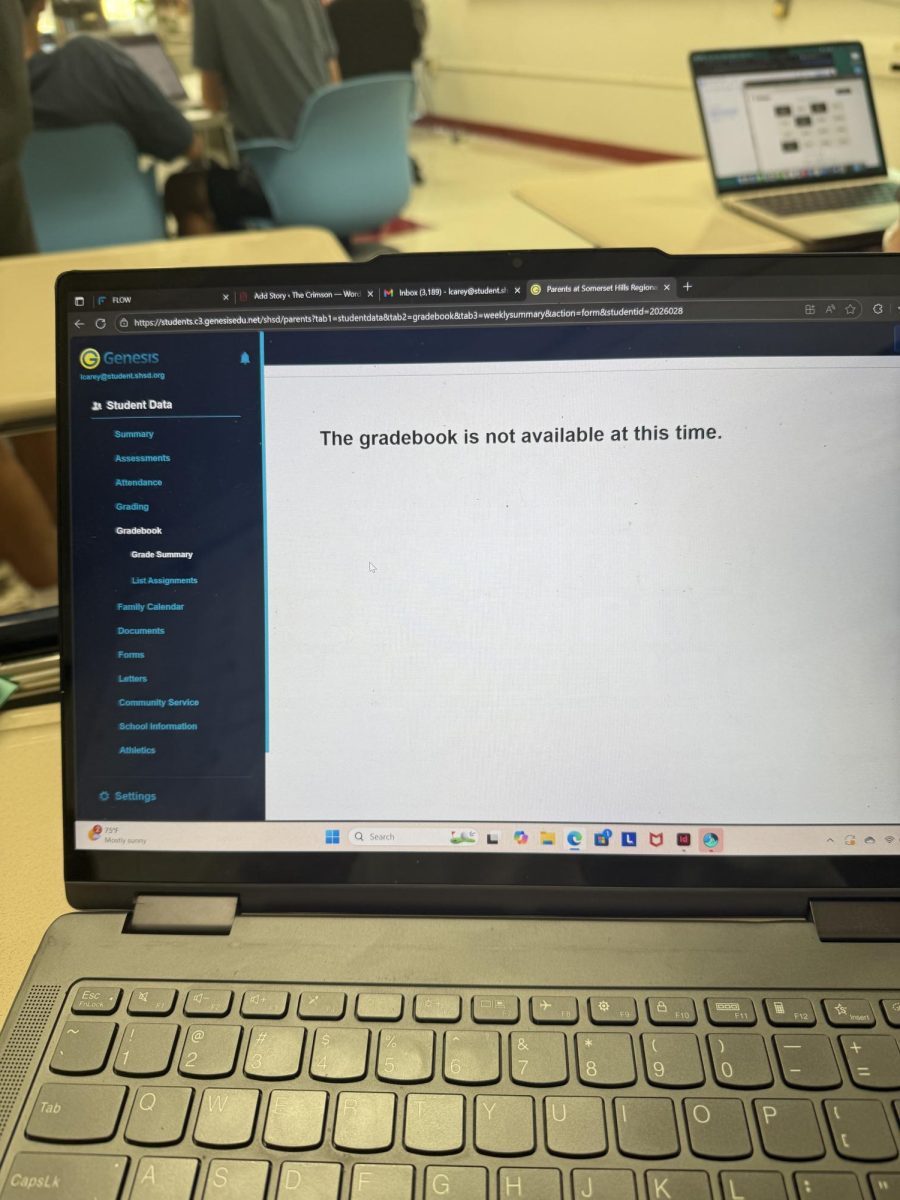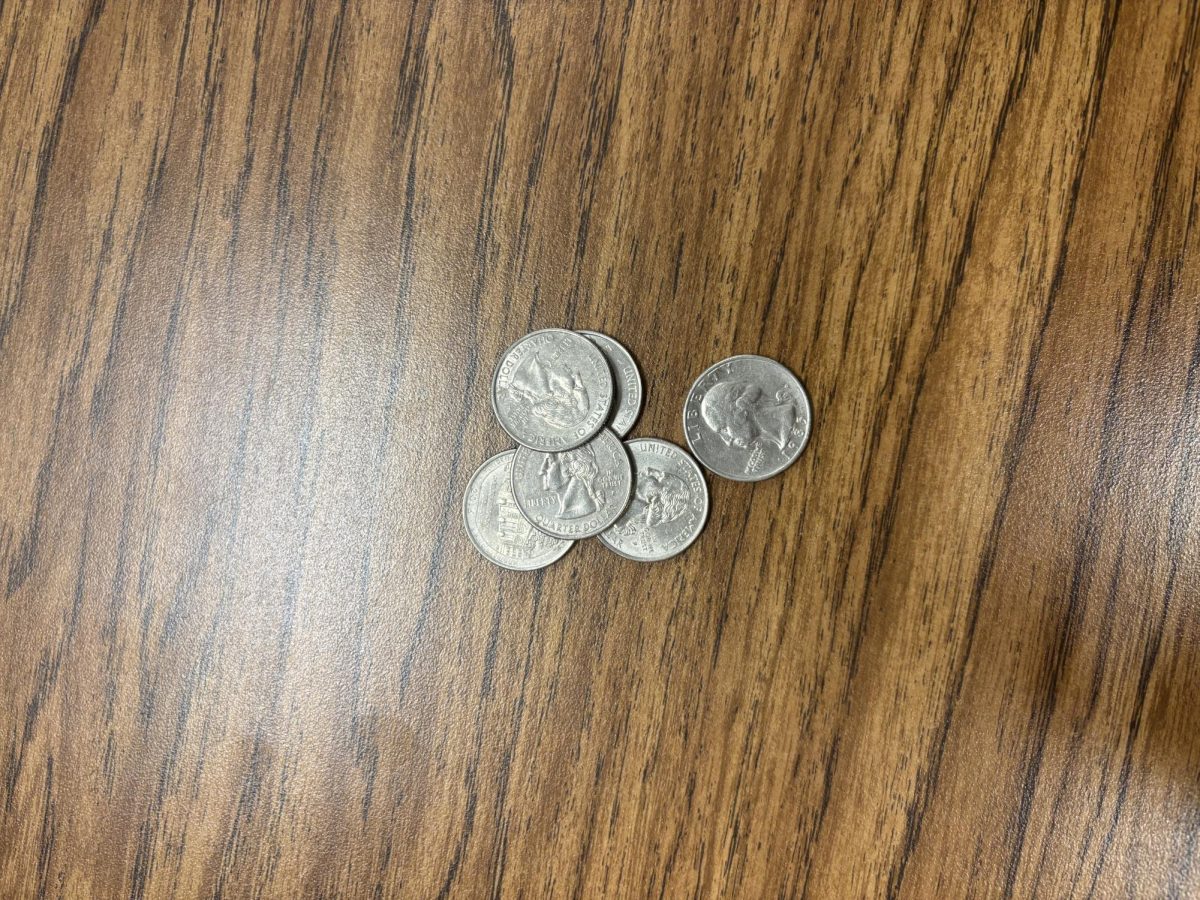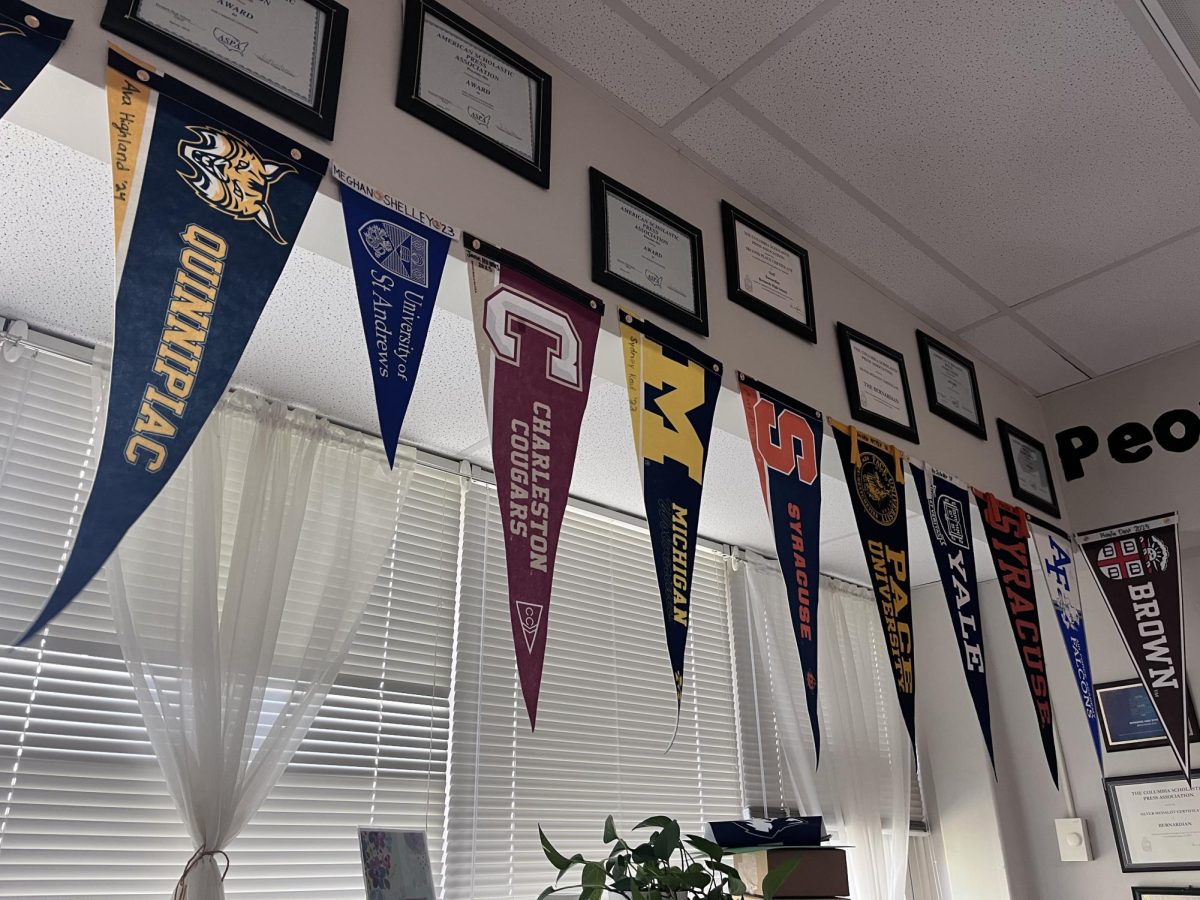Bernards High School: School Ranking In-Depth

While rankings offer a snapshot of a school’s performance, they do not always capture the full context or the diversity of experiences at school. Niche.com, a platform often used by realtors and families to evaluate schools, employs an inclusive approach to ranking public high schools. Their methods consider a wide variety of factors, including academic grades, culture, and diversity, parent and student surveys on overall experience, teachers’ salary, state assessment performance, clubs and activities, sports, etc. When it comes to college admissions, organizations often refer to rankings provided by the U.S. News & World Report.
According to their 2024 “Best High Schools” ranking, Bernards High School is ranked fifty-ninth in New Jersey.
Several elements contribute to Bernards High School’s ranking, including academic performance, extracurricular opportunities, and community engagement. Our scores reflect strong academic foundations but also highlight areas like science that could seek more improvement. The school boasts a graduation rate of 88%, which is commendable but still “somewhat below the state median” according to Niche.com. This indicates room for growth in ensuring all students graduate on time. At Bernards High School, the focus is not simply on improving our numerical ranking.
Dr. Neigel, principal of BHS, explains, “We are not specifically concerned with our numerical ranking, but rather the quality of every student’s educational experience every day. By focusing on teaching and learning, our school ranking will be as good as it can be given the high quality of students that attend BHS.”
This approach ensures that the emphasis remains on student growth, learning outcomes, and educational quality, which naturally leads to high performance across various metrics. The school also works diligently to align itself with best practices observed in other local schools with similar demographics. When it comes to college admissions, rankings can play a role, but they are not the sole factor considered by universities and colleges. Many admissions officers understand that rankings are often influenced by external factors such as student demographics and financial resources. Colleges tend to focus more on the individual achievements of students, including GPA, standardized test scores, extracurricular involvement, and personal essays. While a strong school ranking can be an indicator of a competitive academic environment, colleges are typically more interested in how well students are prepared for the challenges of higher education, which includes assessing their academic record and personal character rather than simply where they went to high school. Bernards High School’s ranking has fluctuated a bit over the years, largely due to varying criteria in the rankings. However, the school is typically ranked within the top 30 public schools in the state.
Mrs. Hunkele, English and journalism teacher at BHS said, “I think there are a lot of factors that contribute to school rankings that people may be unaware of. While many community member might be concerned with how this effects their property values, there are many actionable items that parents and students can do to increase the school ranking.”
Schools are ranked according to niche.com (which realtors use to rank schools) based on academic grades, culture & diversity, parent/student surveys on overall experience, teachers’ salary, state assessment performance, clubs & activities, resources & facilities, and sports are major factors of public high schools.
If a Bernards students want to increase the ranking, they should take and do well on the standardized tests given at BHS. With the increased ranking, students applying to college will be more appealing as they come from a higher ranked school.
62% of Bernards students take at least one AP. More than half the school chooses to take courses that will help better prepare them for college and the class structure that is provided there. Of that 62%, 49% of those students pass at least one AP test. This means that nearly half of the students get a 3 or higher on their AP exams. Not only does BHS have a wide assortment of extracurriculars, but also a wide variety of Advanced Placement courses for students who desire that challenge
The rise of private and charter schools, which have selective student admissions, can sometimes make it seem as though the ranking is dropping.
Dr. Neigel said, “Each year, there are more and more magnet and charter schools that get to select which students are admitted, so it may look like our ranking is dropping, but our scores remain consistent.”
This highlights that while rankings may shift, the overall academic performance and school culture at Bernards remain strong. Bernards High School has a very strong and competitive sports program that contributes positively to its school ranking. Bernards High School offers a diverse range of sports for its students to participate in. Girls get the opportunity to participate in sports such as basketball, field hockey, lacrosse, soccer, softball, and volleyball. Boys get the same amount of sports opportunities as girls, including sports such as baseball, basketball, football, soccer, ice hockey, lacrosse, and wrestling. According to Niche.com, 78% of students and parents agree that there are plenty of clubs and activities for students to get involved in. 43% of parents and students agree that Bernards High School gets enough funding for the clubs and sports that the school offers.
.Some clubs help raise funds and do fun activities that many students like to engage in. As an example, Key Club is an enrichment to BHS, as members strive to help the people in need and give out chances for students to engage in the community. There are also competitive clubs, such as the science league, where students engage in competitions against other schools using their science skills. 78% of students and parents agree that lots of students participate in the clubs, sports, and activities that Bernards has to offer.
A reason for the low graduation rate is the fact that certain students enter the school who have educational needs that may surpass the four years of education the state requires high school students to complete. So, some students may need five or six years in order to receive a proper high school education and that is not reflected in the graduation rate.










